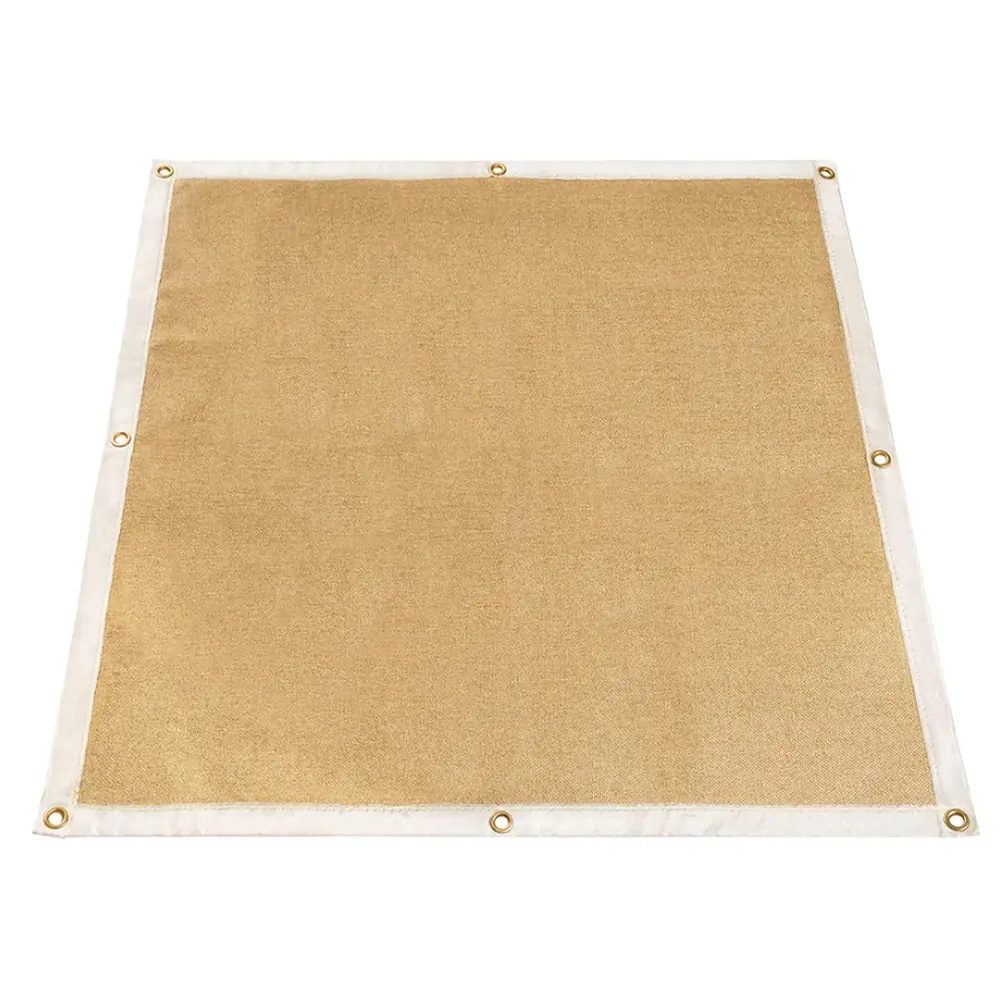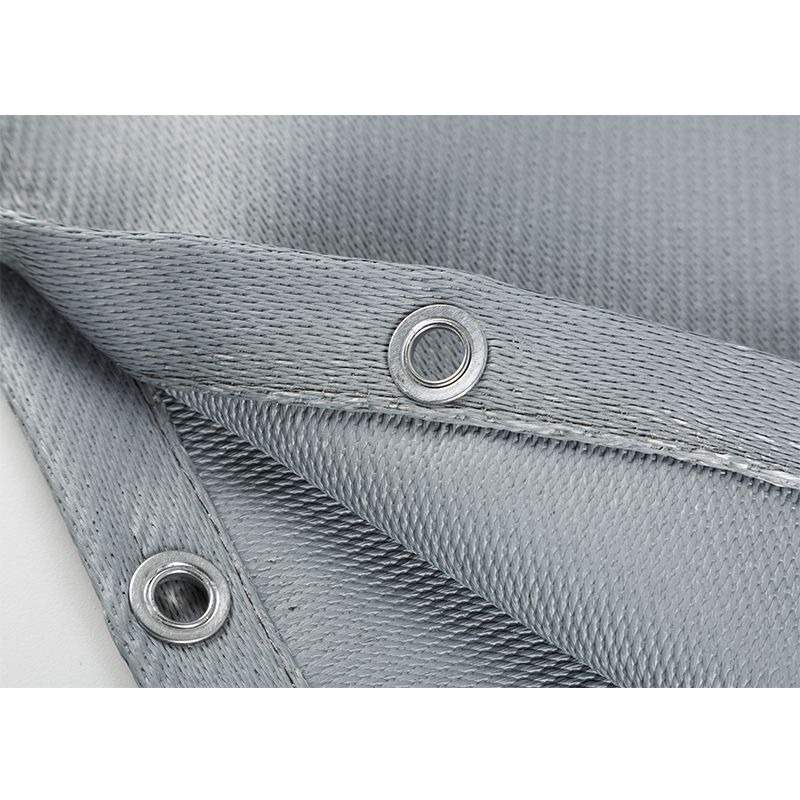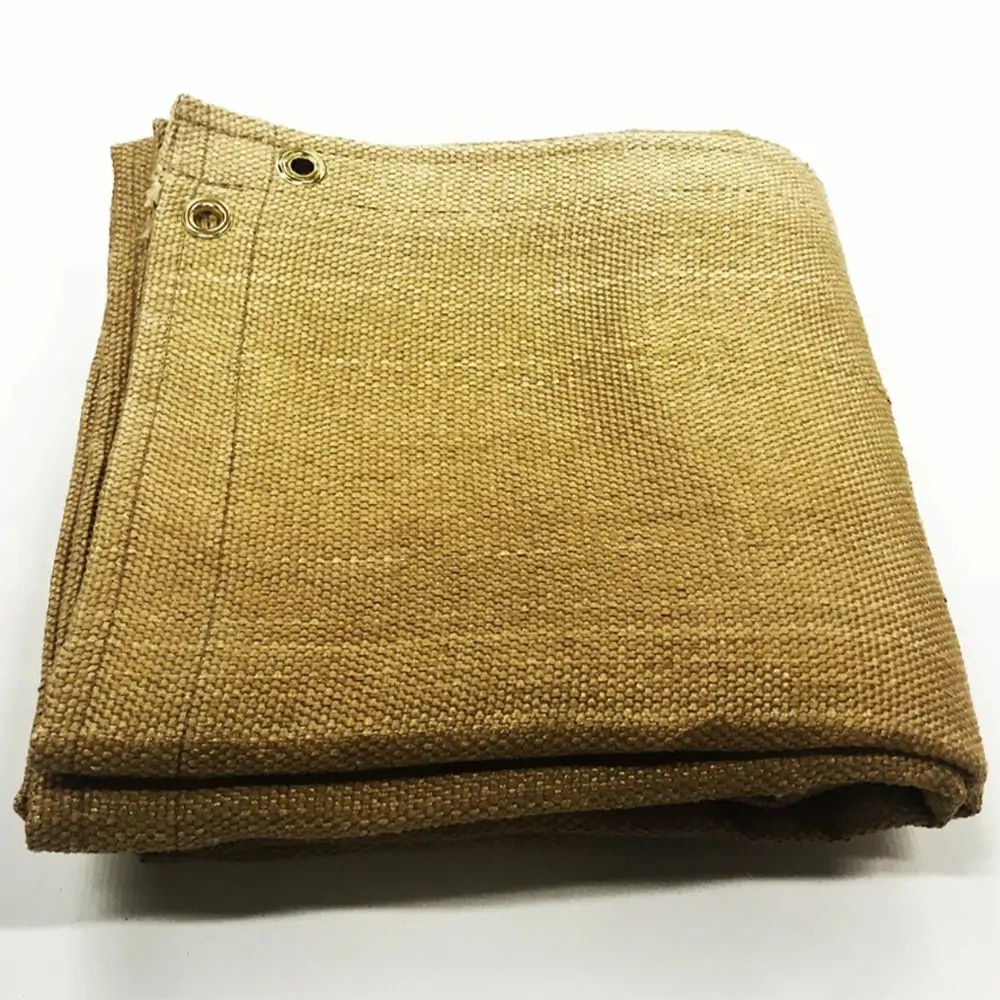Fiberglass Cloth as Welding Blanket: Heat Protection & Safety Guide
Summary:Fiberglass cloth is a durable, heat-resistant material ideal for welding blankets. It protects surfaces from sparks, slag, and high temperatures while being lightweight and flexible. Learn its benefits, uses, and safety tips below.
Why Choose Fiberglass Cloth for Welding Blankets?
When you weld, sparks and molten metal can damage nearby surfaces. A fiberglass cloth welding blanket acts as a barrier. It withstands temperatures up to 1000°F (538°C) and resists flames, making it safer than regular fabrics. Its woven structure traps debris without melting.
Key Benefits of Fiberglass Welding Blankets
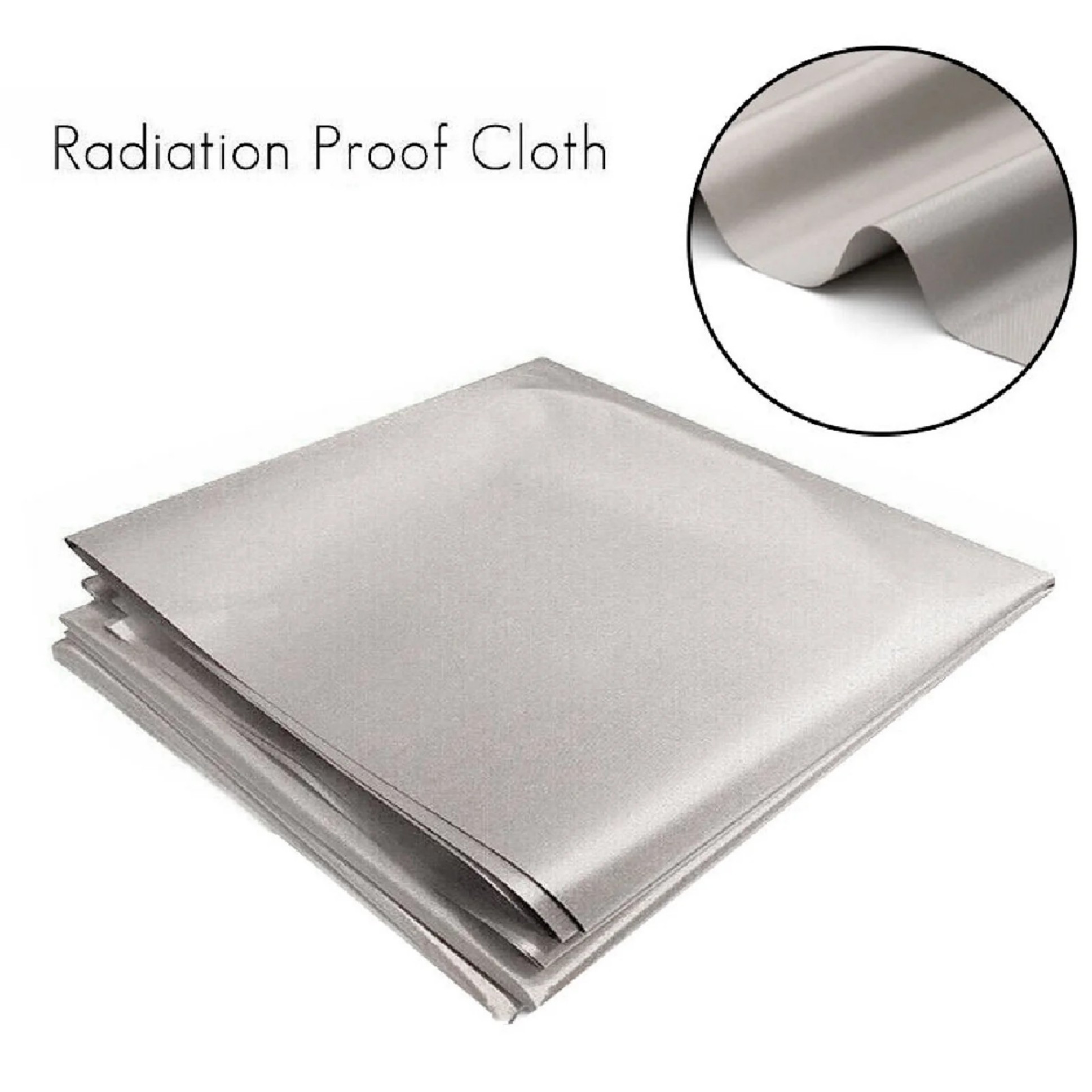
- Heat Resistance:Handles extreme temperatures without degrading.
- Durability:Resists tears and abrasions from sparks or tools.
- Lightweight:Easy to drape over equipment or floors.
- Non-Conductive:Won’t transfer electricity, reducing shock risks.
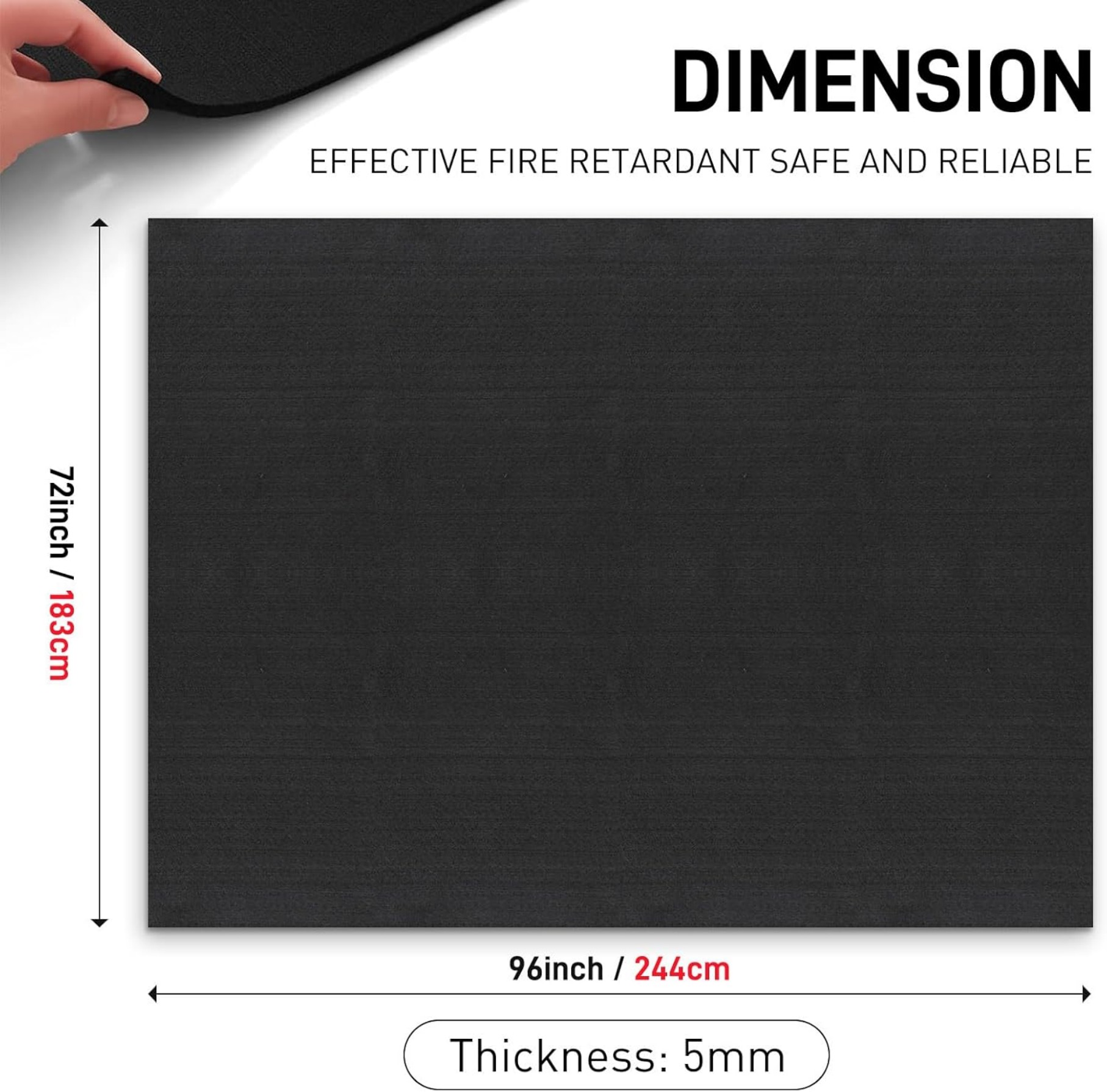
How to Use Fiberglass Cloth Safely
Always inspect your blanket for holes before use. Secure it tightly to avoid gaps where sparks could escape. Never leave it touching flammable materials directly—maintain at least 12 inches of clearance. For extra safety, layer it with other fireproof materials.
Maintenance Tips
Shake off slag and debris after each use. Hand wash with mild soap if needed, but avoid harsh chemicals. Store it flat or rolled to prevent creases that may weaken fibers. Replace the blanket if it shows signs of thinning or burns.
Alternatives to Fiberglass Cloth
Leather or silicone-coated blankets offer higher heat resistance (up to 2000°F) but are heavier and costlier. For small jobs, aluminized fiberglass provides reflectivity. Choose based on your project’s temperature needs and budget.
Conclusion
A fiberglass cloth welding blanket is a versatile, affordable solution for heat protection. Its balance of durability and flexibility makes it a workshop essential. Prioritize proper usage and maintenance to maximize safety and lifespan.


